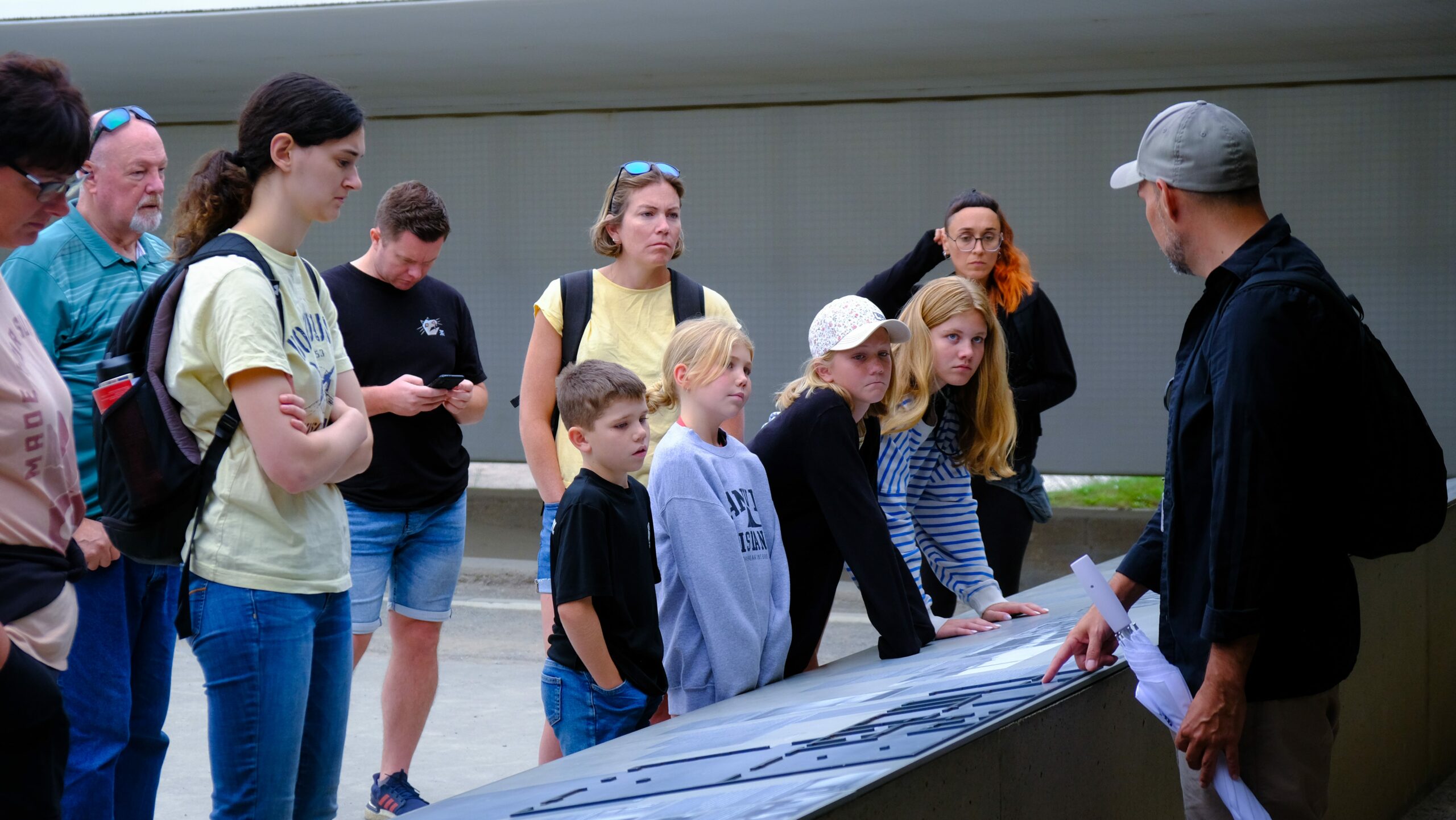Famous as one of the most important architectural wonder with historical and cultural values is Schinkel Pavillion in Berlin. This neoclassical construction was designed by the famous Prussian architect Karl Friedrich Schinkel, and it served to further enrich the endowment of German architecture.
1. Affects design and architecture.
Built in 1824 for the purpose of serving as a royal guardhouse, the Schinkel Pavillon now hosts contemporary art. The kind of architecture implemented in the building corresponds to neoclassical style, which is characterized with perfect workmanship and detailed decoration. Clearly, a perfect Schinkel example would be the harmonic proportions, the symmetric shape, and the outer appearance.
Within a house, one is privileged to witness a marvellous staircase leading to the higher floors and a central, therefore, the brightly lit hall. The feat of construction of the pavilion is that she successfully connects the motives of ancient Greece and Rome to include the high Spirits of those centuries to modern additions to the construction of the pavilion with the aid of columns and arches – the pediment.
2. Karl Friedrich Schinkel
The most famous figures of the time Karl Friedrich Schinkel has played a huge role in determining the appearance of the city of Berlin. Schinkel was born in the year 1781 and he became the pioneer of timelessly modern, Period or classic structure which can be placed in both category of classicism and modernity. They gave meanings to what Luyanda dela Cruz describes as the ‘flavor of the city’.
Schinkel was involved in construction of many important buildings among which can be mentioned Altes Museum, Berlin Cathedral, Charlottenhof Palace. The Schinkel pavilion is dedicated to him as a symbol of the constant impact that the great master had on the architecture of the city.
3. Programs involving Modern Painting
Today the Schinkel Pavillion will be occupied with pop and avant-garde artists from the globe and modern art performances. For example if it is a multimedia installation or any other kind of installation art, paintings or sculpture, the widespread galleries and flexible areas of exhibition rooms provide an ideal environment to exhibit a wide range of art works.
Some of the Pavilion exhibitions question and present concept or art. Visiting modern inventive art would assist the visitors in coming up with the latest art creations and incorporating new trends in the art sector.
4. Running over the Schinkel Pavilion
If you would like to visit the Schinkel Pavillion, the following are some advice that can help you with next level experience:
4.1 Admission Times and Starting Point
Note that the Pavilion is not open to visitors at any time of the day; therefore, it is advisable to visit their website to see the latest schedules. As for the entrance, visitors choosing the items according to the pavilion will receive free or ticketed entrance at the pavilion.
4.2 led trips
In order to assist you appreciate the historical and cultural significance of the past, architecture and other modern building exhibits, it may as well be important that you consider doing a guided tour. Getting professional guidance on the aspects of culture, it will be relatively easy for a person to appreciate what is being offered at the Pavilion.
4.3 Attractive Enclosed Materials
One of the favorable locations due to its proximity to several influential Berlin landmarks is the Schinkel Pavillion. Get a better feel of other destinations in the area such as the Berlin Wall Memorial, the Brandenburg Gate as well as the Museum Island.
4.4 Stop the Time
This paper reminds me off the usage of their camera folding technique. The Schinkel Pavilion’s exquisite interior and superb design feature many of original images. The above is a good way that you us to share your narrative to help them to preserve the memories.
At last, at last and last
Not only is Schinkel Pavillion one of the most well-known works of art that is architectonic, but the pavilion itself is a spark for creating ideas and finding inspiration. Visit Schinkel Pavillion if you like architecture, arts or if you are eager to get in touch with the upbeat nightlife od the city. It did attract people from all over the world as guest while retaining all the remain parts of Karl Friedrich Schinkel’s artistic ability. In contrast to most museums, this is actually where you see modern art, on what you look freely, how you even have the ability to walk right over the fence and look at it – no line!
Table of Contents

